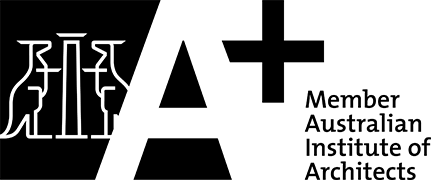
In recent years laneways have gained popularity fuelled by the explosion of CBD laneway activation programs around the world. Many of Perth’s CBD laneways have been successfully transformed however use of the more humble suburban laneway is also changing. Inner city suburban laneways are a valuable opportunity for infill density and becoming primary streetscapes for many. The extent of rear subdivisions presents an opportunity, as well as obligation, to improve the experiential quality of laneways as the primary access points to many properties. To establish the conditions allowing them to succeed as active social spaces laneways require further consideration and definition within our planning frameworks.
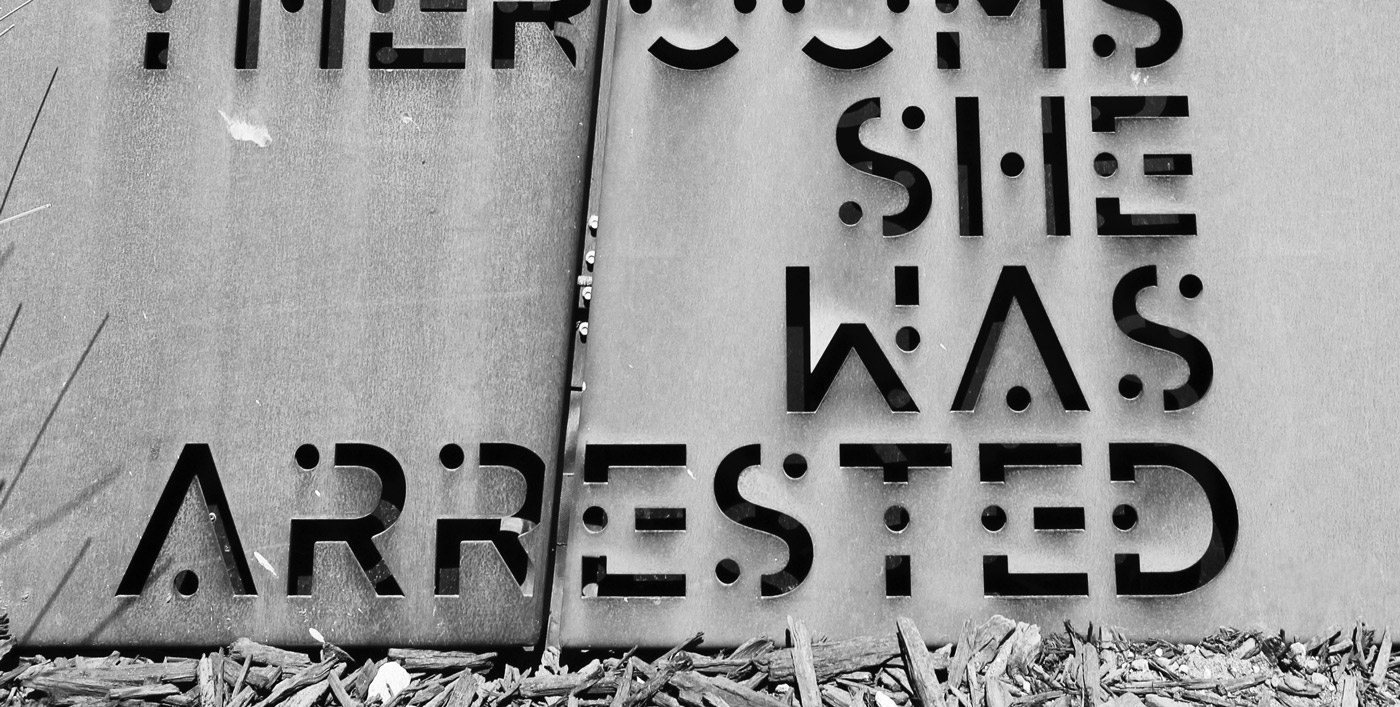
By definition public art is the most accessible form of art. It commonly evokes a diverse range of opinions as well as passionate debate. Western Australia has invested over $46M on public art through its State Government Percent for Art (PfA) scheme since it was established in 19891 however outcomes are often underwhelming, contributing little to our built environment. If this level of funding was allocated to most other sectors they would likely have a much stronger policy framework and process supporting it.
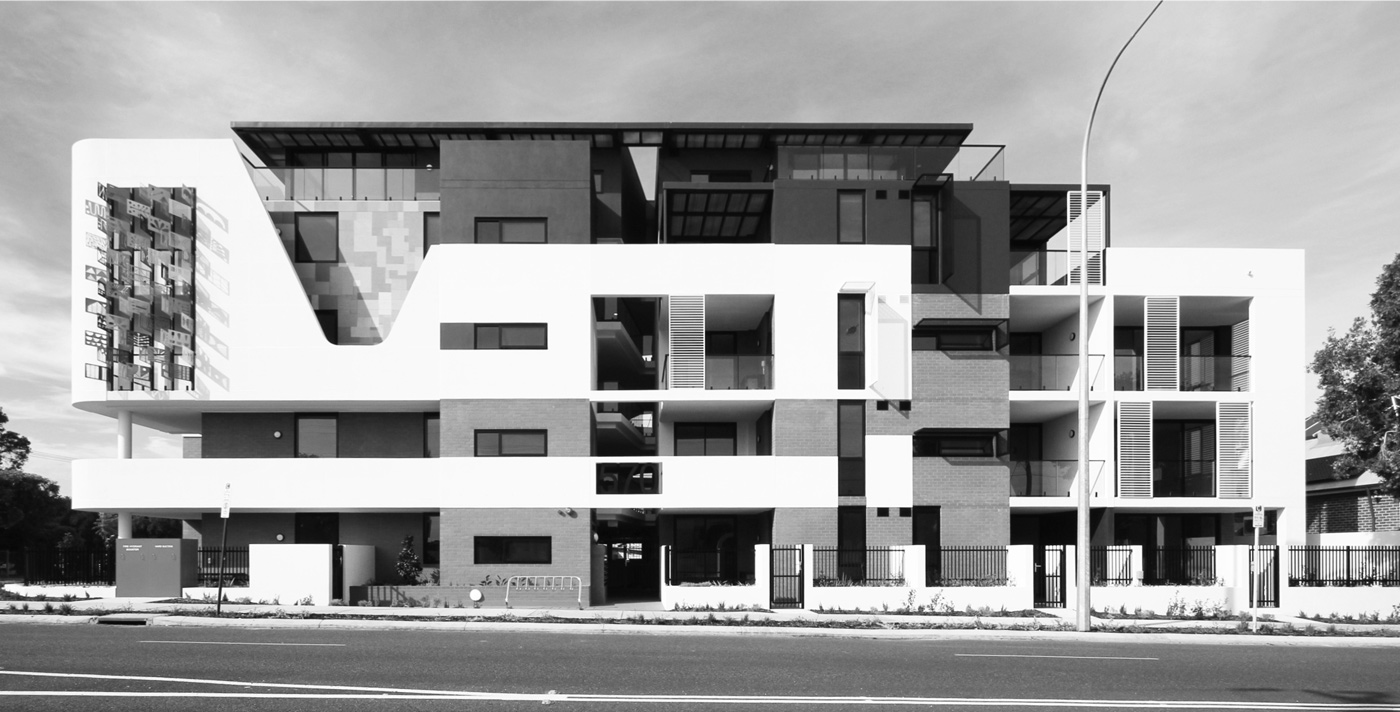
Our need to increase urban density in Western Australia has sparked fierce community debate in recent years. Perth has one of the lowest urban densities of any city in the world bringing with it environmental, social and economic un-sustainability. The link between design quality and acceptance of density shouldn’t be underestimated, but is rarely acknowledged within this debate. The quality of medium and high density outcomes currently being generated is a major factor impeding our ability to achieve higher densities.
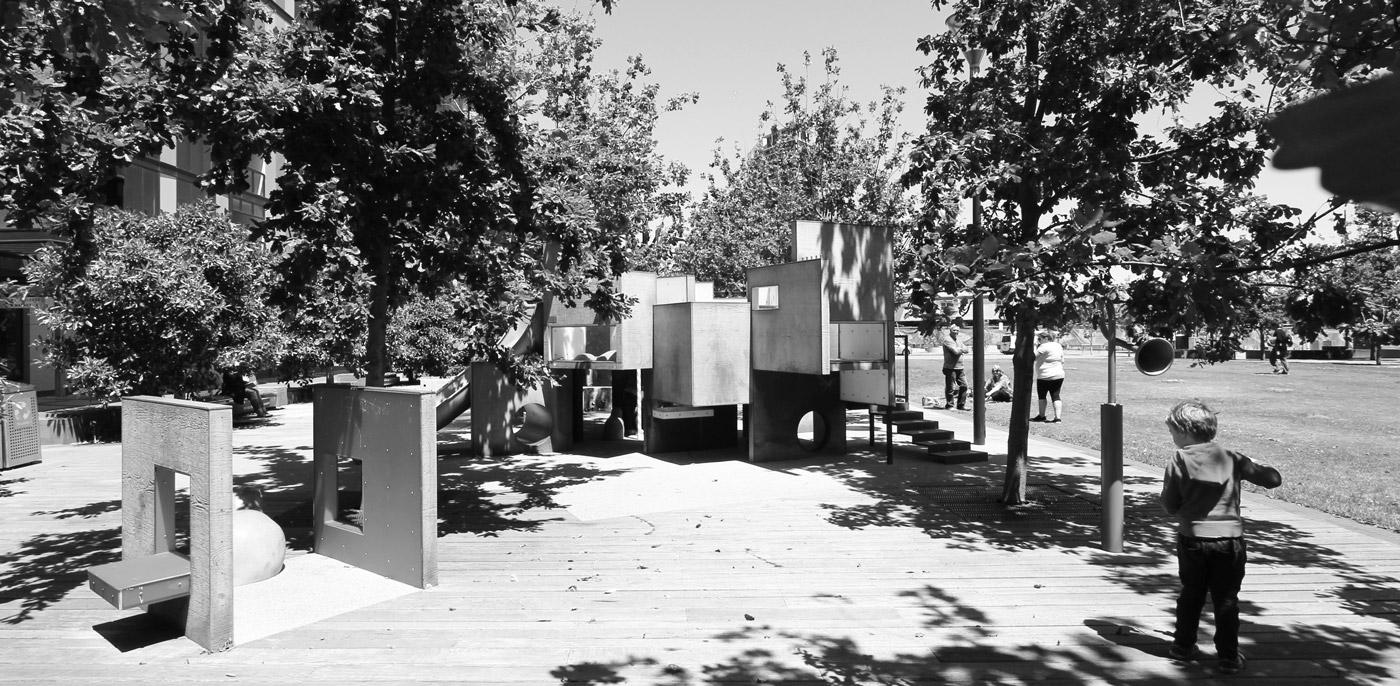
Have we really designed our public realm to accommodate a diverse range of use, by a diverse range of user groups? Aspects of our public realm utilising sharing are generally poorly developed due to our reliance on single use thinking. Ownership and management structures also play an integral role in shaping our use of public space. When harnessed as a primary design generator, sharing could assume a much deeper role within the way we consider, design, manage and maintain our public realm. This will unlock a range of unexpected, innovative and engaging new uses. Spaces such as residential verges, suburban streets, school playgrounds, sporting ovals, empty development blocks as well as flood prone land are currently under-utilised and possess potential to more meaningfully contribute to a wider range of users within local communities.
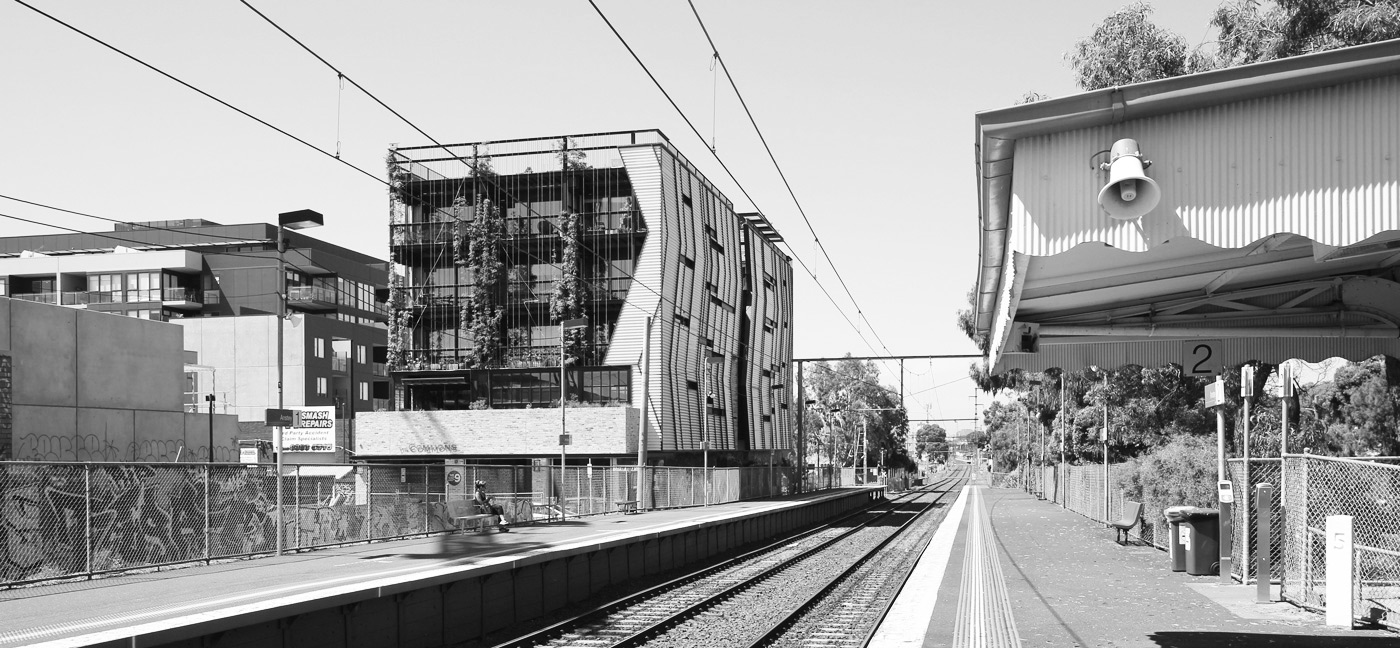
The term 'housing affordability crisis' is increasingly used in Australia suggesting there are no affordable houses available. Houses are certainly more expensive but are also much larger, whilst accommodating fewer occupants and spread over a much larger urban footprint. Buying a small house on the fringe was an option for many first home buyers in the past, but is no longer acceptable to most young people gripped by infrastructure FoMO (fear of missing out).
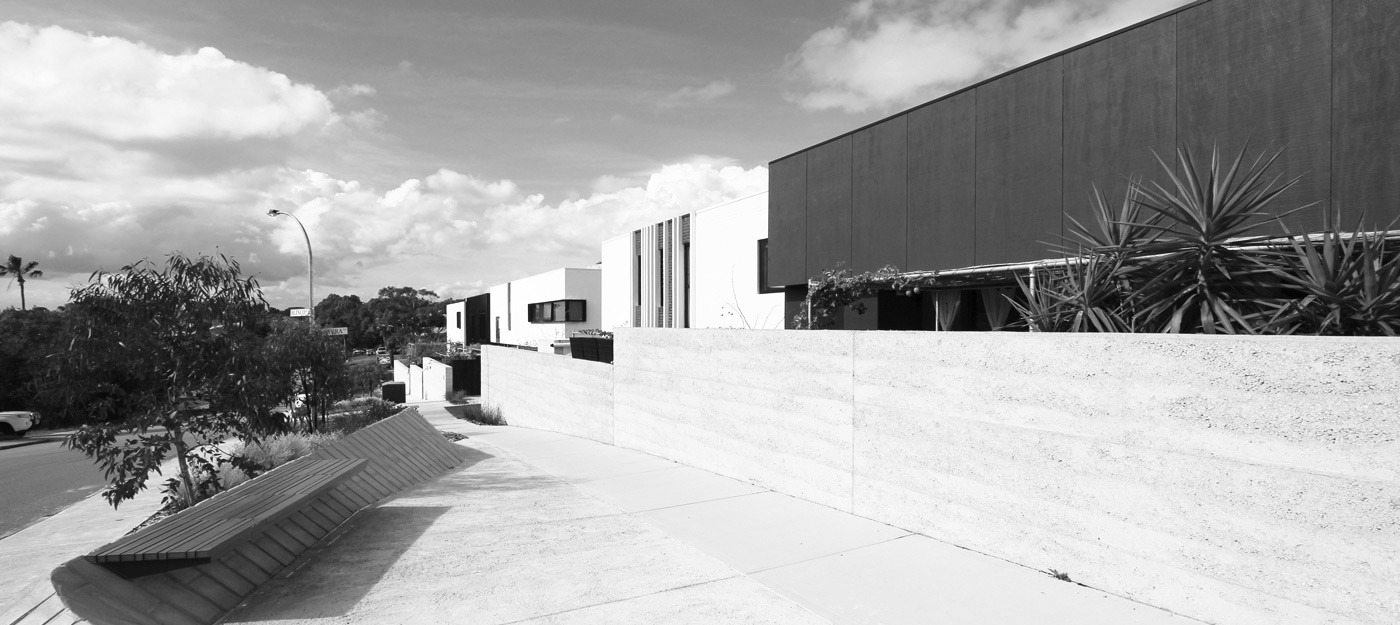
The need to increase densities is one of the most important social, environmental and economic issues facing Western Australia. Achieving state wide planning objectives, particularly increasing density however, often leads to criticism of our planning approvals system. Development Assessment Panels (DAPs) and Design Advisory Committees (DACs) are relatively new additions to the approvals system in Western Australia and are the focus of debate within local communities, councils and the private sector.




